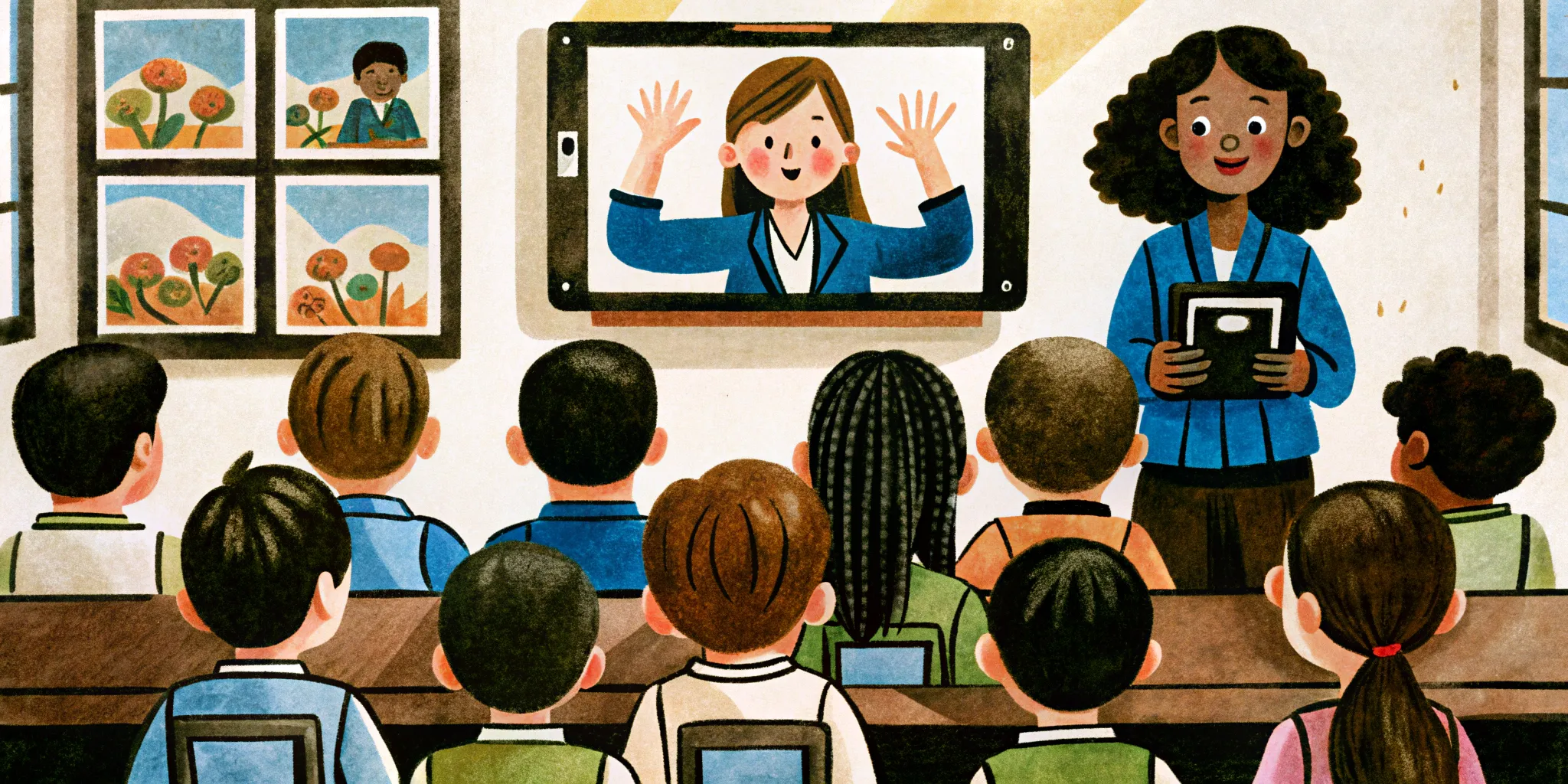The old ways of teaching often have a problem keeping students’ attention, and passive learning with boring talks and homework sometimes cannot compete with the fast and fun entertainments that are all around students.
So to solve this, teachers and people who study things are more and more using gamification, which is the idea of using game parts in situations that are not games, and brain training games free that were made for training your brain are opening new possibilities in education in schools and universities.

The Science Behind It: How Games Affect the Brain and Learning
- The Dopamine System and Motivation. When we do a task well in a game, like getting points, going to a new level, or getting a new thing, our brain makes dopamine, and this brain chemical is responsible for the feeling of pleasure and reward, which makes a very strong motivation loop
And in education, this system can be used to make people more interested in topics that are hard, because a student who gets a “trophy” for learning a difficult math rule or a “medal” for knowing history dates very well gets a positive feeling that makes them want to learn more.
- Neuroplasticity and Skill Building. This is not just a theoretical idea; these games train critical thinking, working memory, and attention, important thinking skills you need to be successful in school and in life.
- Active Learning. Unlike listening to boring talks, games need the student to be active and to interact, because they do not just take in information but they use it in a practical way.
Solving problems and trying new things, which makes their understanding much deeper and the quality of their learning much better.
Key Mechanisms of Gamification in Education
| Mechanism | How It Is Used in Education | Benefits |
| Points and Rewards | To get points for correct answers, finishing tasks, or taking part in a discussion | They make people want to compete, and they create a feeling of progress and personal achievement |
| Achievements and Badges | To give virtual rewards for finishing parts of a lesson, learning hard topics, or showing a creative way of thinking | They show that you are making progress, they make it visible, and they are a source of pride and motivation |
| Leaderboards | To show the best results in a class or a group | They make the competition part stronger, which can make some students want to do their best, but they should be used with care so that they do not make students who are at the bottom feel bad |
| Tasks and Quests | To make a lesson a series of missions or quests | They make the learning process more focused and interesting, and they create a story around the topic |
| Personalization | To change the difficulty of the game for each student’s personal level | This lets everyone learn at their own speed, so they do not fall behind or get bored from tasks that are too easy |
Gamification in Action: From Schools to Universities
In Schools: Primary and Secondary Education
- Math and Logic. Apps like the Mind Elevate one, where you need to quickly solve math problems, make equations, or solve logic puzzles make learning math fun, and instead of boring rows of numbers, students see a game where they can compete with friends or with themselves.
For example, in a game where you need to protect a castle by solving math problems, students learn to use numbers in a fast and active situation.
- Learning Languages. Game apps like Duolingo or Memrise have made learning new languages into a daily habit, and tasks for translating, making sentences, and practicing how to say words become part of a “learning game” where you can see your progress with levels and rewards.
- Science. Students can do a virtual experiment in chemistry or physics without worrying about making something blow up, give them real experience and help them see how hard processes work
In Universities and Higher Education
- Difficult Ideas. In subjects like engineering, physics, or economics, there are ideas that are hard to picture, and game simulations that show how small particles move or how financial markets change let students “touch” these ideas and see them in action.
- Making Decisions and Critical Thinking. Simulation games where students must run a virtual company, make big decisions, or work in a team to solve a problem help them develop skills that they will need in a real job.
In these games, the price of making a mistake is not so high, which lets students try new things and learn from their mistakes.
- Professional Training. In medical school, for example, they use simulators that let students practice surgeries or diagnosing a problem, and game parts like getting points for being accurate or fast make the learning process more effective and less stressful than real practice.

Problems and How to Avoid Them
- Focusing on Points, Not Knowledge. One of the main risks is to move the focus from the process of learning itself to just getting rewards.
So a student might be motivated to get points but not really understand the topic, and to avoid this, game parts should not be the main goal but a tool that makes the process of learning stronger.
- Content Quality. Not all brain games are equally useful, and many apps that are said to be for “developing” can be just for fun and have no science behind them
And before you put any game into a class, you must look very carefully at how well it matches the goals of the lesson.
- Digital Inequality. Having access to modern devices and fast internet is still not the same for everyone, and using game technology can make the difference between students from different backgrounds worse if there are no other solutions.
- Managing Attention. Games that are made to keep attention can actually make it get lost, it is important that using games is done in a clear way and does not take the place of other, equally important ways of learning, like group work or talking face-to-face with a teacher.
The Future of Gamification in Education
- Artificial Intelligence. AI can look at what each student does well and what is hard for them and can make completely personal “learning games” that will change in real time, giving them exactly the tasks they need to fill in specific gaps in their knowledge.
- Virtual and Augmented Reality. These technologies can make learning truly exciting, and history students will be able to “go” to Ancient Rome to see the Colosseum, and future builders will be able to walk through their own projects.
- Working Together and Social Learning. Games can become a place for students from all over the world to work together on projects and solve hard problems.
Conclusion
Gamification uses the rules of brain science and gamification to offer a fun and easy way to make learning more motivating.
However, it needs a smart way of thinking about it and an understanding of its real purpose, because it won’t take the place of hard work on yourself but can make the road to better learning more interesting and effective.

